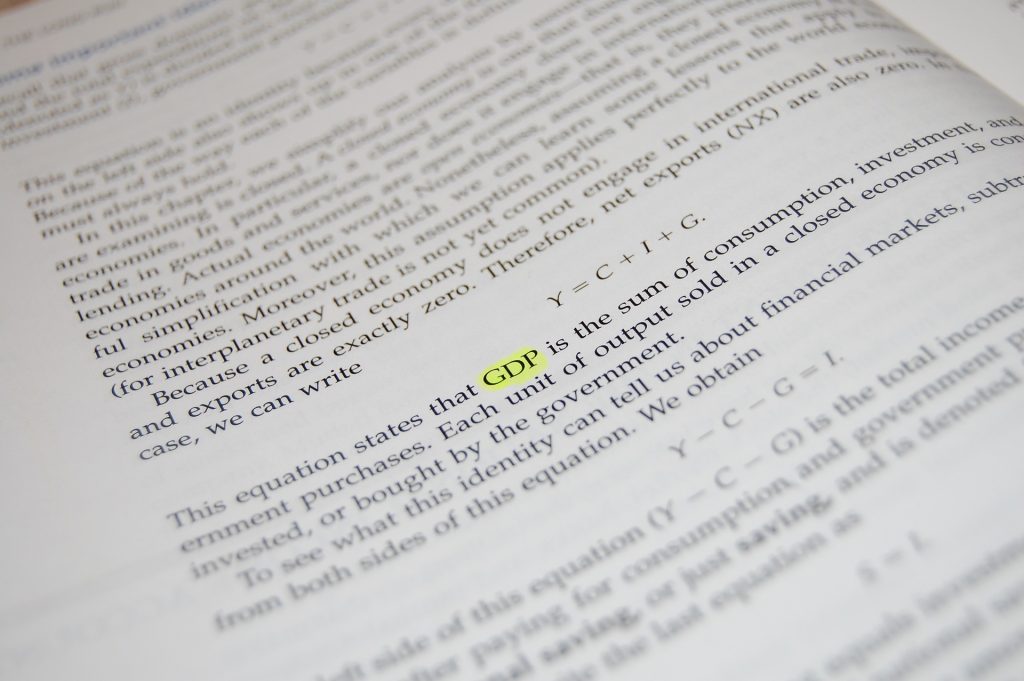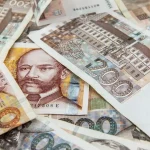April the 25th, 2024 – The Prime Minister has said one thing in regard to inflation, but is the reality slightly different? A look at revised Croatian GDP growth analysis.
As Jadranka Dozan/Poslovni Dnevnik writes, when the Central Bureau of Statistics (CBS) published the first estimate of Croatian GDP for the last quarter of last year less than two months ago, Plenković emphasised that with 2.8 percent growth for the whole year, Croatia achieved the second highest rate in the entire EU.
He added that this is five times higher growth than the Eurozone average. However, according to revised quarterly data published just this, Croatia’s GDP actually grew in real terms last year by 3.1 percent.
As part of the revision of this multi-year set of data, the biggest corrections were those for 2023. The CBS explained that the calculation included, for example, the revisions of paid subsidies for products and production. This was owing to methodological changes in the monitoring of subsidies related to renewable energy sources and measures introduced in the face of rising energy prices.
In the same way, in the case of tax revenues, adjustments were made with regard to data sources in 2023. Many factors resulted in the correction of last year’s Croatian GDP growth rate from 2.8 to 3.1 percent.
inconsistent data
For the sake of comparison, according to the estimate of Croatian GDP back at the end of February, it grew by 2.6 percent in the first, 6.8 percent in the second, 2.1 percent in the third and 0.2 percent in the last quarter. According to revised data, government spending grew at rates of 6.1 percent (in the first quarter), 10.1 percent (in the second quarter), and six and 4.6 percent in the third and fourth quarters, respectively.
The Croatian GDP revision was published in a package with a report on the budget deficit and the level of general government debt, which EU Member States submit to the European Commission and Eurostat twice a year. That is done in April and October, and it’s precisely on this that the EC’s fiscal supervision is based.
According to the revision policy of national accounts and statistics of state finances (deficit), when the April notification shows significant changes, the CBS is obliged to “provide consistency for the data and publish a revision of GDP”.
Željko Lovrinčević from the Zagreb Institute of Economics issued a warning about the dubious consistency of the indicators. He explained that it follows from them that in fact “70 percent of Croatian GDP growth comes from inventory changes and statistical discrepancies”, which is “extremely unusual”. In the background of all of this, underestimated inflation is being suggested as a possible explanation.
According to the report on deficit and public debt, in 2022, the Republic of Croatia recorded a surplus of 88 million euros or 0.1 percent of its GDP. Last year, the deficit at the level of the consolidated general government (according to Eurostat’s methodology) amounted to 528 million euros or 0.7 percent of Croatian GDP.
In short, both revenues and expenses increased significantly, but expenses grew at a higher rate. In this regard, it should be noted that during the re-balancing of the state budget in November, the government projected the total deficit of the general state budget for 2023 at 235 million euros or 0.3 percent of GDP. Projections at the time predicted a drop in the level of public debt to 60.7 percent of GDP.
more rapid expenditure growth
According to this week’s report by the country’s statisticians, the consolidated debt was reduced from 67.8 percent of GDP at the end of 2022, to 63 percent of GDP last year. This is somewhat slower than the government’s forecast in the last quarter. In absolute terms, the debt of the general government increased by slightly less than two billion euros last year, from 46.3 to 48.2 billion euros.
Regarding the amount of the deficit from the CBS, they emphasised that “the budget balance of the state budget in the amount of 765 million euros, or one percent of Croatian GDP, which compared to the previous year was 463 million euros less, had a big impact.”
Increases in gross investments in fixed capital, social benefits in money with social transfers in kind, and expenses for interest, employee benefits and subsidies contributed the most to the faster growth of expenditures.
The effect of these increases was greatly mitigated by the growth of tax revenues. Their growth was dampened by measures to reduce energy prices through a negative impact on tax revenues from VAT and excise duties on energy. At the same time, income and wealth tax revenues were positively affected by a (one-off) additional profit tax.
Taxes on production and imports were collected last year in the amount of slightly less than 15 billion euros. That marked an increase of 15.8 percent compared to 2022, while taxes on income and wealth were collected in the amount of 5.75 billion euros, or 16.7 percent more than in 2022. Income from net social contributions grew by double digits, by 14.4 percent, to 8.4 billion euros. Investments, on the other hand, recorded a growth of 62 percent; amounted to 4.15 billion euros.
Expenditures of capital transfers on the basis of payments under guarantees, debt assumption and capital injections reached 80 million euros. In addition, interest expenses were realised in the amount of 1.3 billion euros or 39.1 percent more than the year before (a total of 930 million euros).












